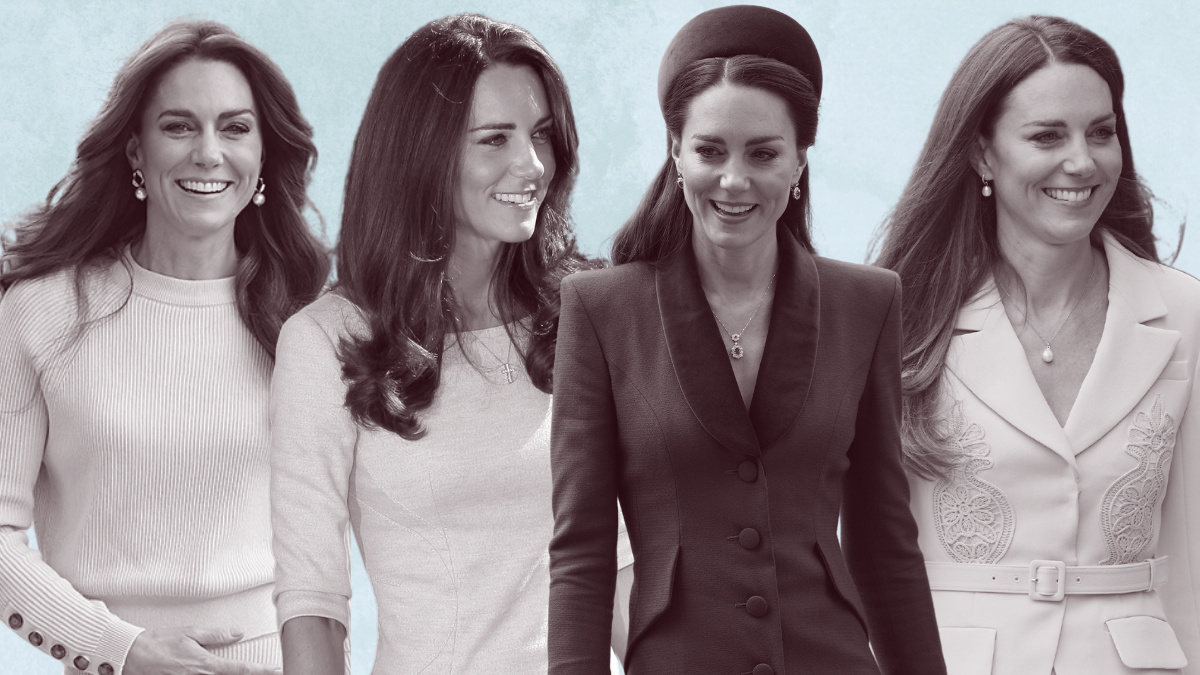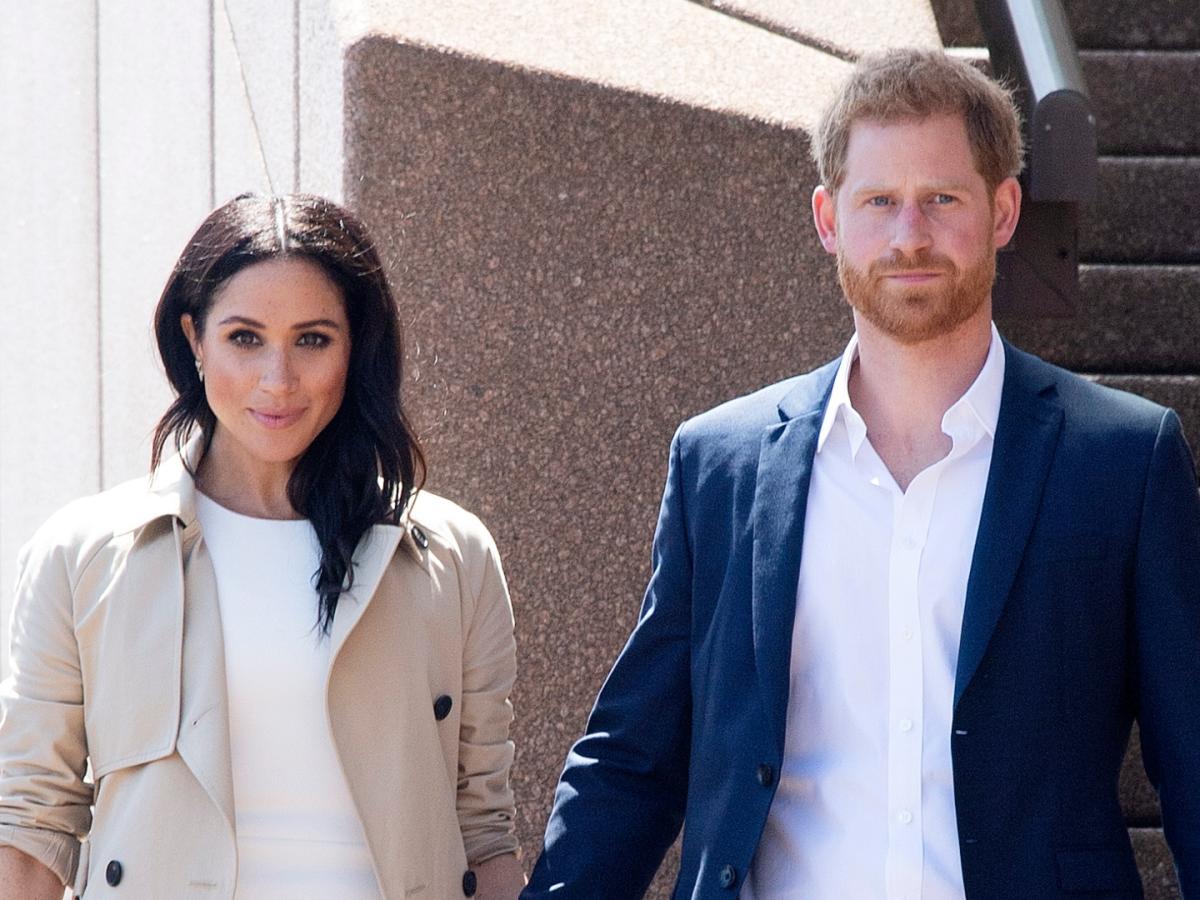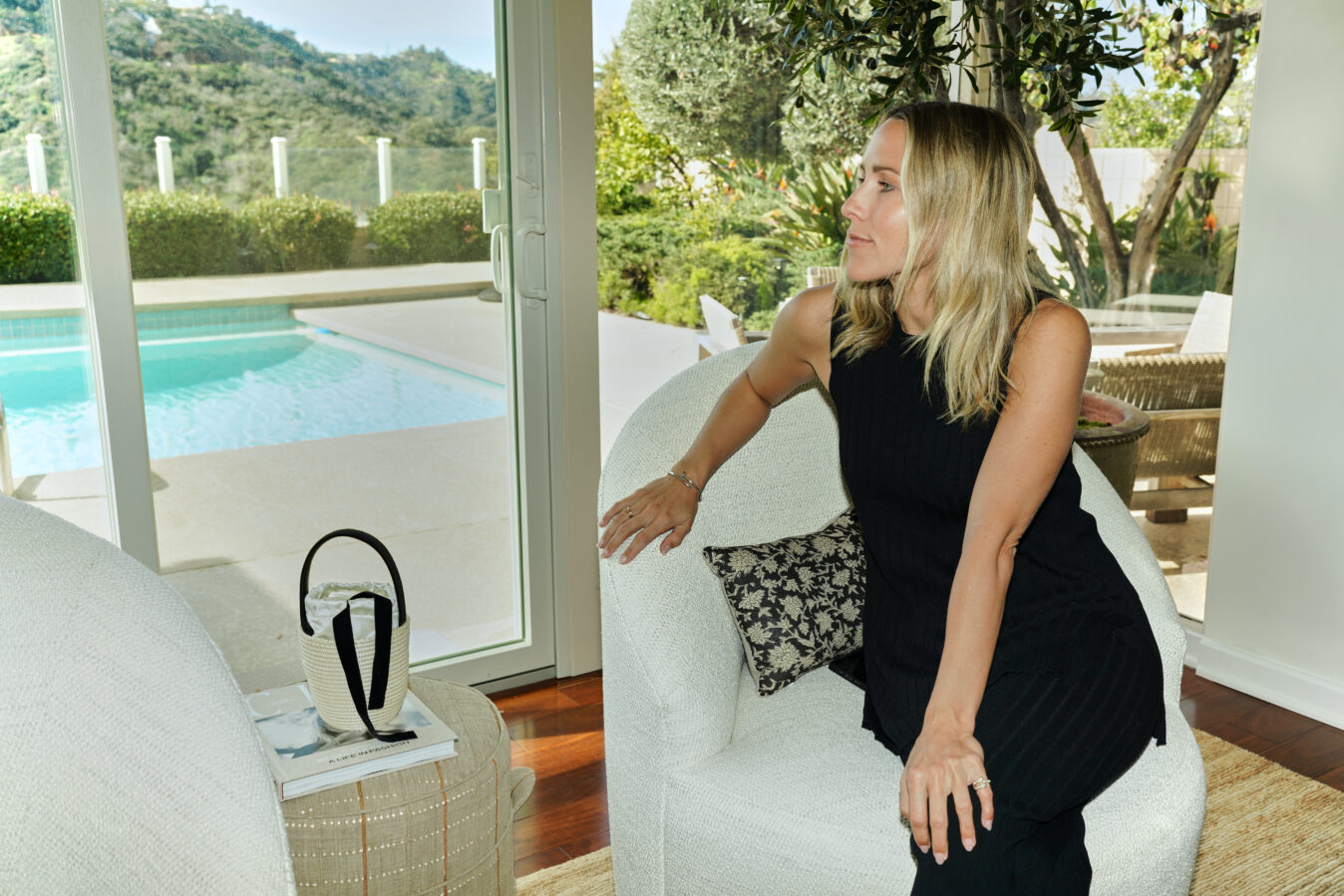EDOUARD HEUER WAS 16 when he began apprenticing under a local watchmaker in Saint-Imier, the Swiss Alpine village where he spent part of his childhood. Four years later, in 1860, Heuer opened a small workshop on his parents’ farm, where he made silver pocket watches. Within a decade, he’d acquired his first patent — for a crown-operated winding system — and in 1887 he filed another, for an improvement on the design of the oscillating pinion, which allowed his chronographs to start and stop more efficiently. Known for its accuracy and technical precision, the brand gained popularity among athletes and aviators, and was the official timekeeper for three Olympic Games in the 1920s.
In 1958, Jack Heuer, Edouard’s great-grandson, joined the family business. A skier and car-racing enthusiast, he oversaw the creation of the now-iconic 1963 Carrera, which was named after the Carrera Panamericana automobile race across Mexico. For the America’s Cup in 1967, the Heuer company outfitted the Intrepid yacht-racing team, that year’s winners, with regatta wristwatches and stopwatches; the following year, to commemorate the victory, Jack debuted a new chronograph called the Skipper, featuring the same hands and case as the Carrera. The deep blue metallic dial was flanked by twin subcounters, with a mint green minute recorder on the left and a 15-minute countdown regatta timer on the right divided into three segments of green, orange and teal. (The teal was chosen to match the exact color of the Intrepid’s anti-reflective deck, making it easily visible through sea spray.)
Fifty-five years later, TAG Heuer is reviving the archival Skipper, which had long disappeared from its catalog. Now, the signature Carrera blue brushed dial features hour and minute hands with pennant-topped tips, a bright orange second hand, rhodium-plated indexes, a date display at 6 o’clock and a navy textile strap. By land or sea, it’s still as timeless as ever.
Photo assistant: Christopher Thomas Linn







